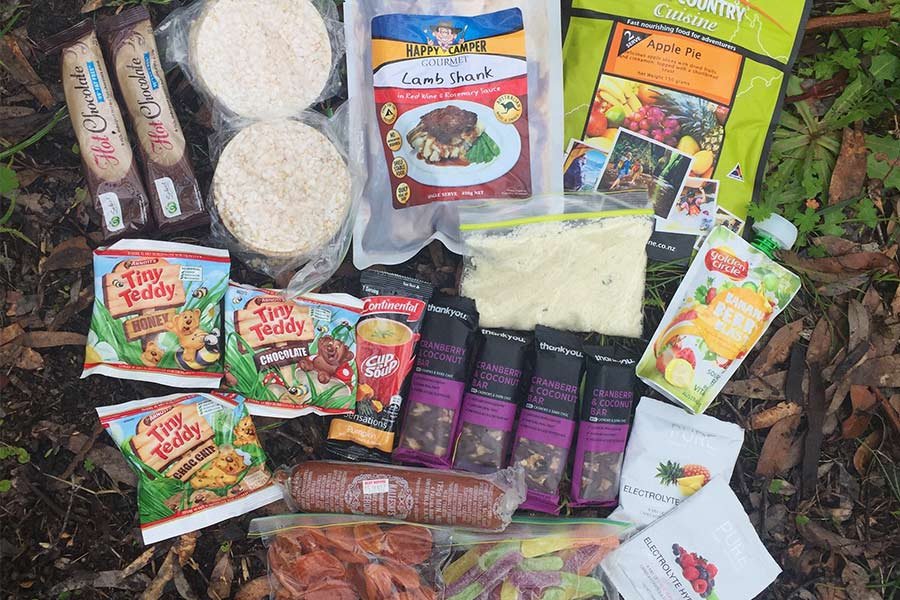Preparing and packing food for multi-day outdoor adventure trips requires careful planning to ensure you have enough nutrition, energy, and variety while minimizing weight and waste. Whether you’re backpacking through remote trails, canoeing along rivers, or camping in national parks, strategic meal preparation and packing techniques enhance your outdoor experience with delicious and satisfying meals.
Planning Your Outdoor Adventure Menu
Before packing food for your trip, create a detailed menu that includes breakfasts, lunches, dinners, snacks, and beverages for each day. Consider dietary preferences, nutritional requirements, and meal variety to maintain energy levels and morale throughout your outdoor adventure. Plan meals that are easy to prepare using lightweight, compact ingredients without sacrificing taste or nutrition.
Choosing Lightweight and Nutritious Foods
1. Dehydrated and Freeze-Dried Meals
Opt for dehydrated or freeze-dried meals that are lightweight, compact, and easy to prepare with boiling water. These meals retain nutrients and flavors while reducing bulk and weight in your backpack or camping gear. Choose from a variety of options including pasta dishes, soups, stews, and desserts for convenient meal planning.
2. Dried Fruits, Nuts, and Trail Mixes
Pack nutrient-dense snacks such as dried fruits, nuts, seeds, and trail mixes to provide quick energy boosts and satisfy hunger between meals. Choose unsalted or lightly salted varieties to maintain hydration levels and prevent excessive sodium intake during outdoor activities.

Meal Preparation Tips for Outdoor Adventures
1. Pre-packaged and Ready-to-Eat Foods
Include pre-packaged foods such as energy bars, granola bars, nut butter packets, and instant oatmeal for quick and convenient meal options. These items require minimal preparation and can be enjoyed on the go during hikes, breaks, or rest stops throughout your outdoor adventure.
2. DIY Meal Kits and Assembly
Prepare DIY meal kits by portioning ingredients for pasta dishes, rice and beans, or couscous salads into lightweight, resealable bags or containers. Label each meal kit with cooking instructions and required water amounts to streamline meal preparation and minimize cleanup time at camp.
Food Safety and Storage Considerations
1. Insulated Containers and Coolers
Use insulated containers or coolers to store perishable foods, dairy products, and fresh produce during outdoor adventures. Pack ice packs or frozen water bottles to maintain food temperatures and prevent spoilage in warm weather conditions or extended camping trips without access to refrigeration.
2. Proper Waste Management and Leave No Trace Practices
Adopt Leave No Trace principles by practicing proper waste management, packing out trash, and disposing of food waste responsibly to minimize environmental impact. Use biodegradable soap for dishwashing, avoid littering, and respect wildlife habitats while enjoying outdoor adventures.
Tips for Efficient Packing and Organization
1. Packaging and Labeling
Organize food items in separate containers or storage bags labeled by meal type and day to facilitate meal planning and ensure all essential ingredients are readily accessible. Use waterproof containers or dry bags to protect food from moisture, spills, and environmental elements during transportation and storage.
2. Portion Control and Bulk Purchases
Practice portion control when packing food to avoid overpacking and unnecessary weight in your backpack or camping gear. Purchase bulk quantities of staple items such as rice, pasta, and grains to minimize packaging waste and ensure an adequate supply of essential ingredients throughout your outdoor adventure.
Conclusion
Packing food for multi-day outdoor adventure trips involves thoughtful meal planning, selection of lightweight and nutritious foods, and adherence to food safety and environmental stewardship practices. By preparing meals in advance, choosing compact and convenient food options, and practicing efficient packing techniques, you can enjoy delicious and satisfying meals while exploring remote wilderness areas or camping in scenic natural settings.








